Belleview-Biltmore Hotel (Belleview Inn)
Introduction
Text-to-speech Audio
Local Railroad and resort magnet, Henry B. Plant (1819-1899), built this beautiful hotel and resort to boost tourism to the area and encourage people to use his network of rail lines, which he named the "Plant System." Constructed in 1897, this large and incredible resort operated until 2009. Despite efforts by many historic preservation organizations and local groups, most of the resort was demolished to make way for condominiums. All but the original building remains. Demolition and restoration began in 2015 and was completed in 2018. The Belleview-Biltmore was added to the National Register of Historic Places in 1979 but its listing was removed in 2017 because most of the hotel was razed.
Images
The Biltmore just prior to WW2
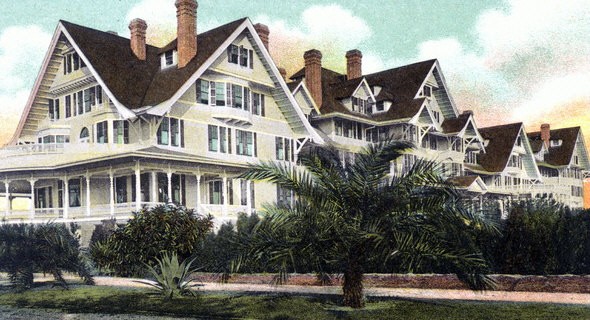
The "Pinellas Special" on its was to the resort, circa 1900
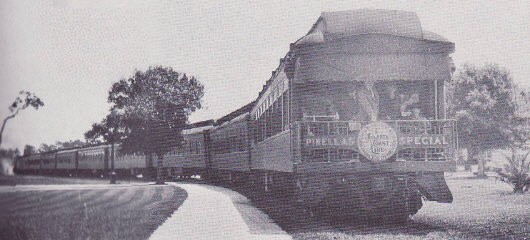
The Biltmore in 1975, aerial view
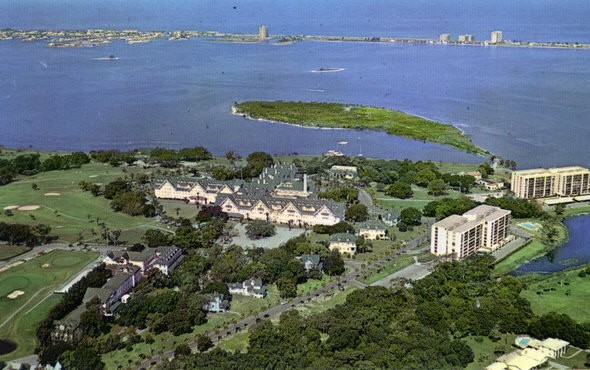
Maintenance tunnels that ran underground
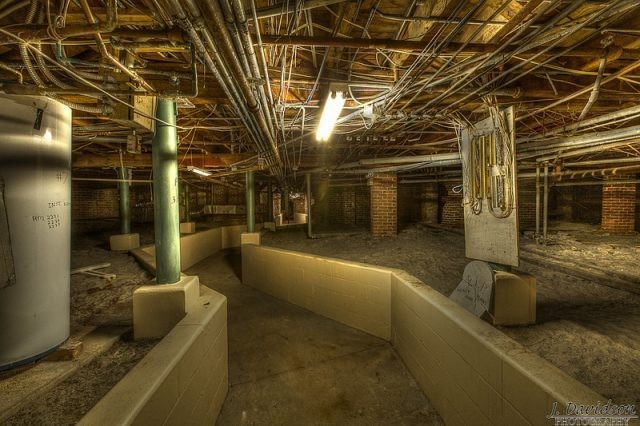
One of the large staircases, 2012
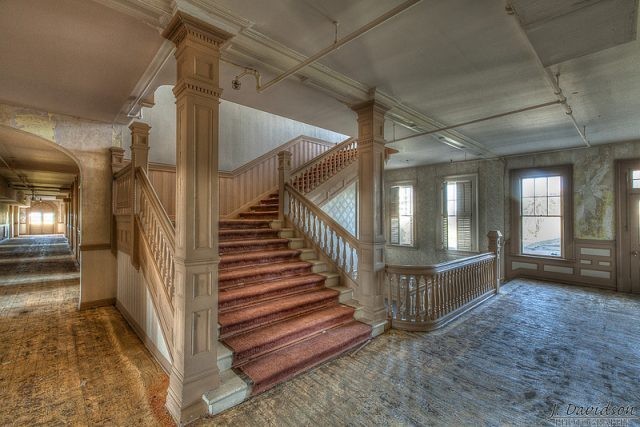
Front lobby, 2012
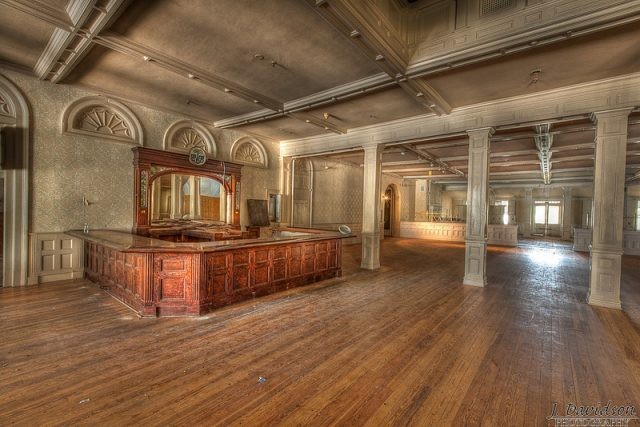
Grand Ballroom, 2012
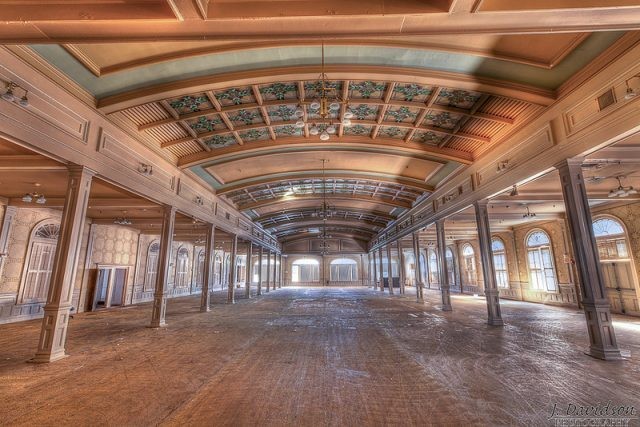
WW2 postcard of the resort
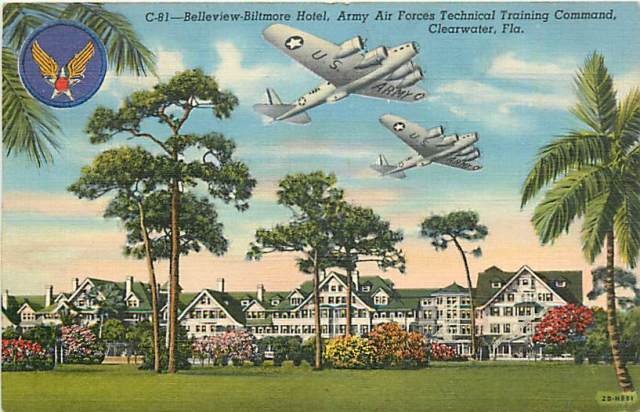
The hotel not long after its completion in 1897. The "Pinellas Special" can be seen parked outside

2015 aerial view of the Biltmore
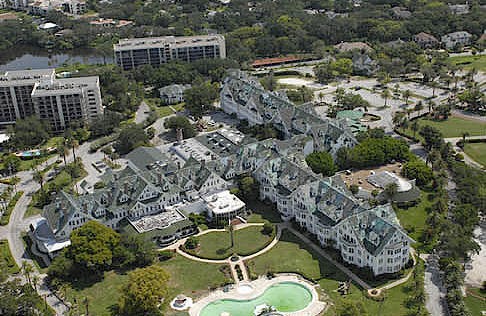
Main structure during demolition, 2016.
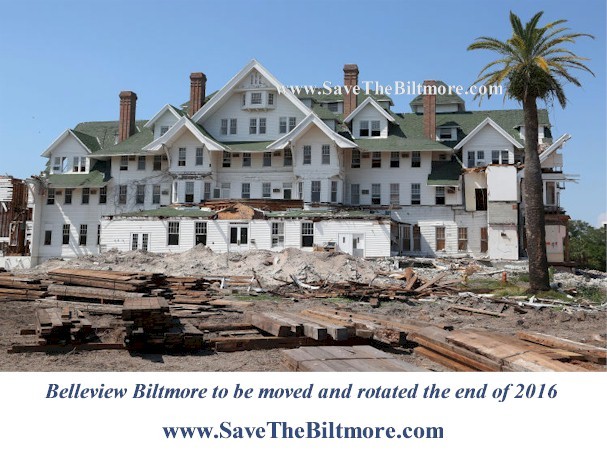
Backstory and Context
Text-to-speech Audio
Henry B. Plant was born in Branford, Connecticut in 1819. When he was young, he became a captain's boy for the New Haven Steamboat Company, which operated ships between New York City and New Haven. He was promoted several times and eventually worked in the company's New York office. He married his wife, Ellen, in 1842 and they had two children, one of whom survived to adulthood (Ellen died of tuberculosis in 1861). In 1854, Plant and Ellen moved to August, Georgia, where he managed the Adam's Express Company's southern division. In 1861, he and other investors bought it. Plant moved back to New York City in 1873 and began investing in railroads. He purchased his first railroad, the Atlantic & Gulf, in 1879 and eventually acquired several others in the southeast, creating a network called the Plant System. Plant also invested heavily in steamboat lines and incorporated them into the system.
In the late 1880s, Plant began to build and buy hotels, realizing that they could help attract visitors to Florida. A famous one is the Tampa Bay Hotel (now the Henry B. Plant Museum), which he built in 1888. In 1895, he purchased the Orange Belt Railway, which went down to St. Petersburg, and renamed it the Sanford and St. Petersburg Railway. After realizing it was not profitable with providing passenger and citrus fruit freight service, Plant decided to build a hotel, the Belleview-Biltmore, between Clearwater and St. Petersburg to increase tourist travel on the railroad. Construction began in 1896 and was completed the next year. His family owned it until 1919 and by then it had been enlarged twice.
During WW2, the resort housed serviceman stationed at the nearby MacDill Air force Base located in Tampa. This period would be the peak in operations for the resort. As the 1970s came, the resort began its slow death through decay and disuse as tourists sought more modern resorts. During this time some popularity, for a time, came back when musician Bob Dylan rehearsed and performed at the Biltmore for the Rolling Thunder Revue Tour.
From 1991 to 2004, the resort switched many hands, both foreign and local, and many efforts were made to renovate and modernize it. In 2004, hurricanes Jean and Francis damaged it considerably. From 2004-2009 many parties were interested, and some made actual efforts, to preserve the resort. Many preservation societies felt victory was close in preserving the resort in its totality. In 2009 it was announced that the resort would reopen in 2012, yet many litigation cases by neighbors who did not like the redevelopment plans stalled the reopening. Another effort in 2013 was made to save the resort but failed.
Demolition began in 2015 after a thorough documentation of the resort's history was made via photographs and catalogues. The next year a final push was made when a lawsuit filed by the Florida Trust for Historic Preservation and the National Trust for Historic Preservation attempted to stop the demolition. However, they withdrew the lawsuit and the work continued. Thankfully, the resort's historic boutique was designated to be saved.
The resort was visited by many famous people throughout its years, be it celebrities, politicians and sports figures. They include, but not limited to: Joe DiMaggio, Babe Ruth, Presidents Ford, Carter, George H.W. Bush and Obama, Thomas Edison, Henry Ford, the Duke of Windsor and former British Prime Minister, Margaret Thatcher. Other visitors of the supposed paranormal nature are said to have haunted the resort for a number of years.
Cite This Entry
Emett , Mike and Ben M.. "Belleview-Biltmore Hotel (Belleview Inn)." Clio: Your Guide to History. November 17, 2023. Accessed February 15, 2025. https://theclio.com/entry/25934
Sources
"Belleview Inn: History and Hospitality." Belleview Place. Accessed November 17, 2023. https://belleviewplace.com/belleview-inn
"End of an Era: Belleview Biltmore's Fate Becoming Apparent". Belleair Bee. December 28, 2011.
"Demolition of historic Belleview Biltmore Hotel begins". Suncoast News. May 14, 2015. https://web.archive.org/web/20150527230037/http://suncoastnews.com/su/list/news-suncoast-pinellas/demolition-of-historic-belleview-biltmore-hotel-begins-20150514.
Goff, Brian. "Biltmore Lawsuits Withdrawn." Clearwater Beacon. December 31, 2015.
Helfand, Lorri. "Historic Belleview Biltmore's Owner's seek to Demolish It". Tampa Bay Times. January 9, 2012.
Shiver, Carl W. "Belleview-Biltmore Hotel." National Park Service - National Register of Historic Places Nomination Form. December 26, 1979. https://npgallery.nps.gov/AssetDetail/NRIS/79000687.

